Each year, spirits enthusiasts field the never-ending debate about whether there will come a day when rum is as popular of a tipple as whisky. As of right now, the survey says…unlikely, but having said that — we’re all for people broadening their palates with distillates beyond the malt & grain.
From internationally recognised distillers in the vein of Ron Zacapa to homegrown names like Brix, there’s now a robust variety of rum available to Australian drinkers (much of it offering tremendous value). More often than not, you can even enjoy this sugarcane spirit in the same fashion you do a dram — be it in cocktails, on the rocks, or with the tiniest spritz of water.
As with all of our BH Buyer’s Guides, the goal is to give imbibers a balanced cross-section of whatever product we’re dropping the spotlight on. If you’re keen to learn more about the craft and history of rum distilling — subjects which we’d rather leave it to the professionals to explain —a trip to The Keel Sydney (for the bar’s 1-on-1 masterclasses) comes highly recommended.
RELATED: All Of The Must-Drink Japanese Whisky Brands
Jump To:
- The Best Rum Expressions Available In Australia
- Flor de Caña 18
- Appleton Estate 50-Year Rum
- Goslings Black Seal Rum
- Diplomatico Rum Reserva Exclusiva
- Brix Select Cask Series Stout Bar
- Ron Zacapa Centenario XO Solera Gran Reserva Especial
- El Dorado 12
- Clement VSOP Rhum
- Brugal 1888 Rum
- Dictador 20
- Bundaberg Master Distillers’ Collection Blenders Edition
- Facundo Paraíso XA Premium
- Ron Barcelo Premium Imperial Blend 30th Anniversary
- Don Papa 10
- Mount Gay Extra Old
- Pusser’s British Navy Gunpowder Proof Rum
- What Is Rum And How Is It Made?
- Styles Of Rum
- Best Rums Australia — Frequently Asked Questions
The Best Rum Expressions Available In Australia
Flor de Caña 18
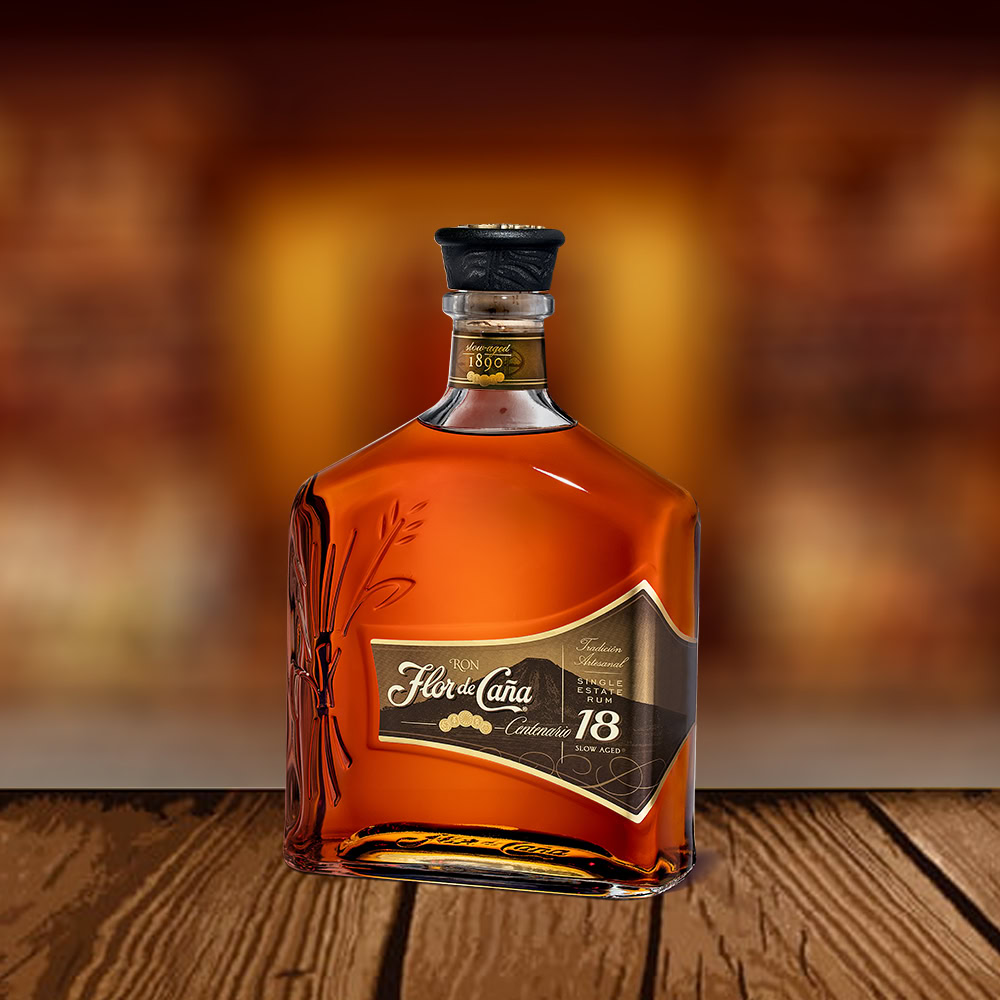
As one of Central America’s leading rum brands, Flor de Caña has ample street cred to its name. The 18-year-old expression is often cited as the label’s best-known (and most widely available) expression.
Also popular among mixologists is the brand’s 4-year-old ‘white’ rum; even though we think that if you really want a well-rounded impression of what the brand has to offer, the former bottling (certified ‘gold’) should be on your radar. Rich with dried fruit, vanilla and all-spice, this is a great introduction to the Flor de Caña universe — and high-quality rum more generally.
Appleton Estate 50-Year Rum
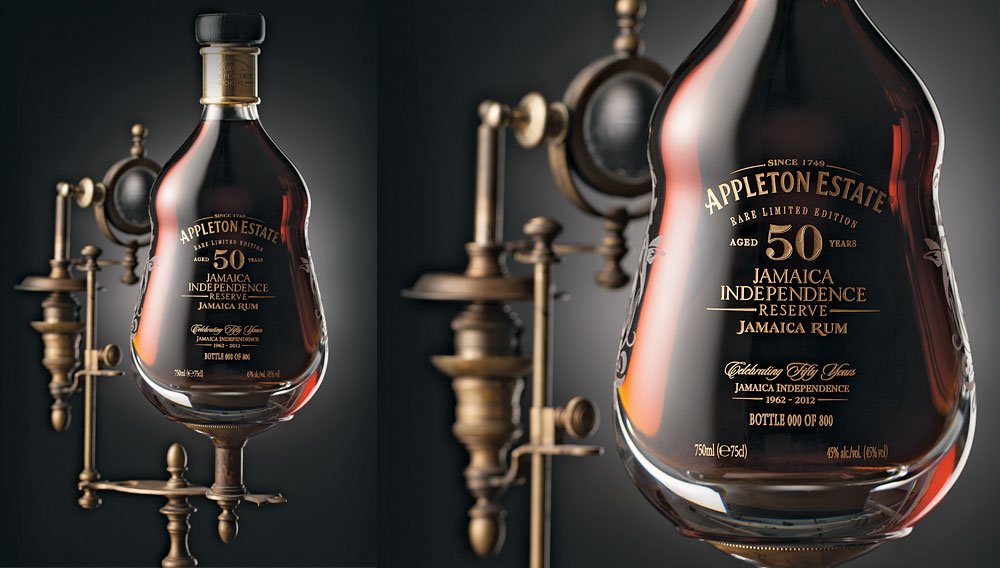
One of the best-known and oldest rum distillers in the business, Appleton Estate was founded in 1749 in Nassau Valley, Jamaica. The sugarcane used in the brand’s distillates is grown exclusively at what is effectively the oldest sugar estate in Jamaica — giving Appleton Estate a higher degree of control over the rum production process.
Of these, the most premium Appleton Estate offering is it’s 50-year-old: a historic expression that’s every bit as intense as you’d expect a $5,000 mature-age statement to be. A limited edition that lives up to its promise: drinkers will find a palate bursting with maple sugar, vanilla, cinnamon, liquorice, and honey.
Goslings Black Seal Rum

Another Caribbean stalwart that can trace its origin back to the early 19th century, Black Seal is best known for its Bermuda Black Rum: a dark, full-bodied blend that sips remarkably well; drawn together by flavours of brown sugar, vanilla, banana, and butterscotch.
Additionally, this is a great option to have sitting on the bar cart whenever you’re in the mood to make a Dark ‘n’ Stormy.
Fun fact: Goslings is the original dark rum brand specified in the historic cocktail recipe (first stirred with Barritt’s Ginger Beer, for the enjoyment of British sailors on shore leave at the conclusion of WWI). Give this easy-to-make and superbly refreshing member of the ‘mule’ family of cocktails a try at home.
Diplomatico Rum Reserva Exclusiva
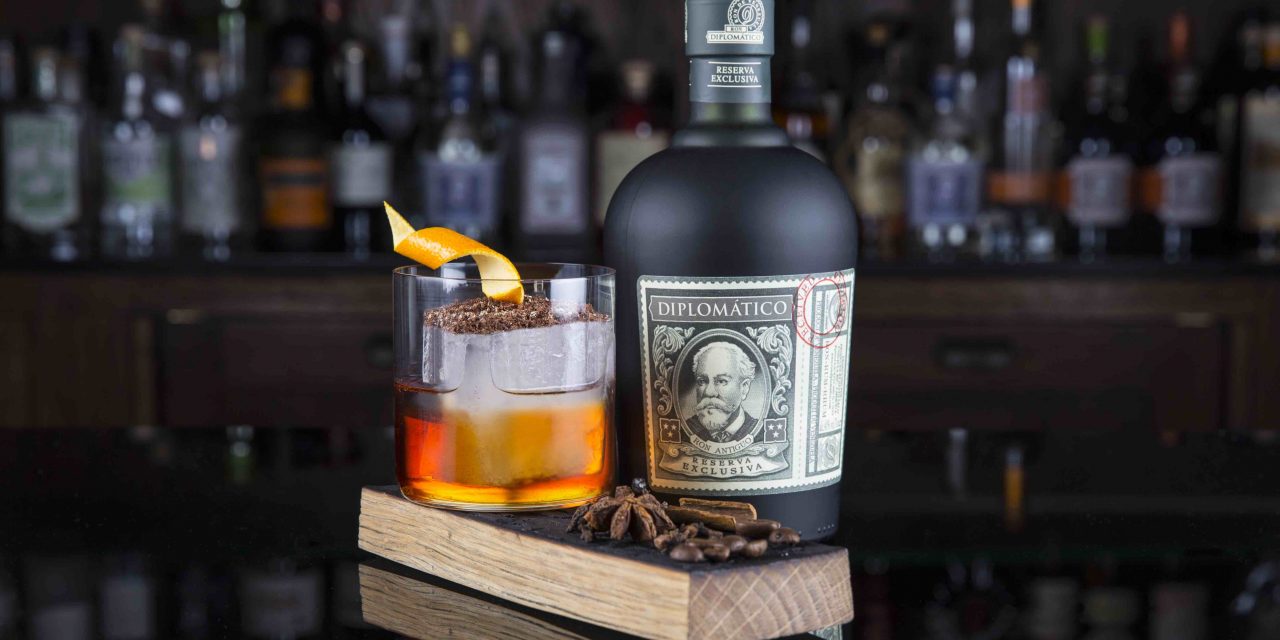
A bottle that frequently pops up at good-quality cocktail bars and liquor stores, Diplomatico is arguably one of the most hyper-visible rum labels around the globe.
Environmentally sustainable production processes are at the heart of the distillery; and in conjunction with the many awards it has won over the years, it’s easy to see why Diplomatico is a favourite of both professional bartenders and budding home mixologists.
Naturally, there are a number of avenues one can take to enjoy the Diplomatico house style (the brand is pretty big on experimentation, as evidenced by its Distillery Collection) but the most emblematic bottling is the Rum Reserve Exclusiva: distilled in copper pot stills and matured for a further 12 years in-barrel.
A multi-award-winning rum with good availability around Australia, its profile is full of banana and caramelized tropical fruit flavours; with lashings of cacao on the finish. Great when sipped neat or stirred into a rum Old Fashioned, this Exclusiva offers a delicious (and no less compelling) alternative to the usual humdrum assortment of 10YO/12YO whiskies.
Brix Select Cask Series Stout Bar
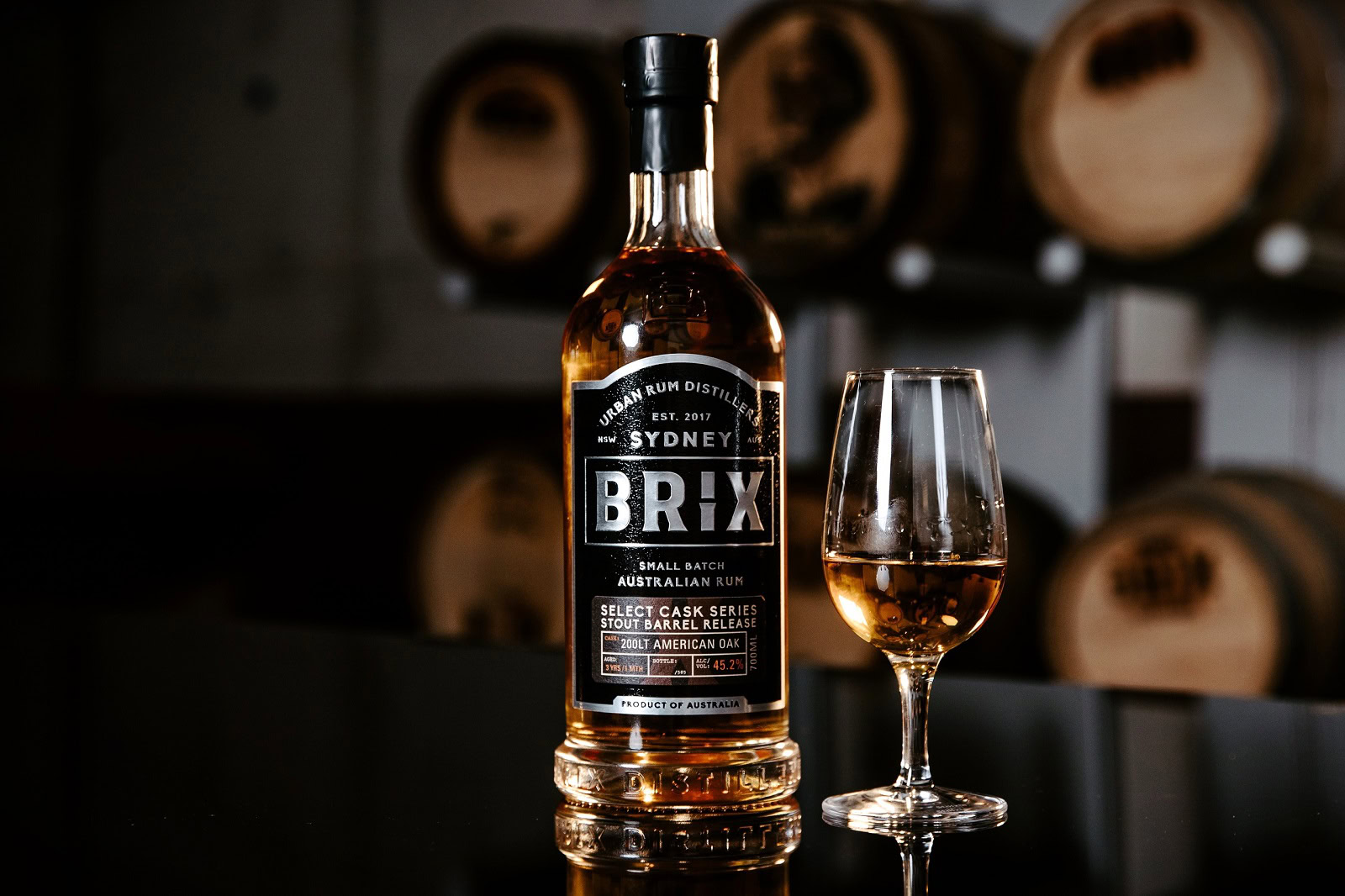
Outside of the renowned Bundaberg Distillery, few Australian rum makers tend to make it into the conversation about the world’s most popular sugarcane spirit. Yet Sydney hero Brix Distillery managed to turn in a serious effort back in 2022, with its highly limited Brix Select Cask Series Stout Barrel.
Brix only released a total of 580 bottles for this particular run: possibly keen to test the proverbial waters when it comes to a flavour profile that is very different to the standard dark rum. This Stout Barrel expression opens on floral aromas of cherry, peach, and apricot; while the palate veers between a roasted, nutty quality (somewhat like almonds) and creme brûlée.
To craft this one-off release, Brix used Aussie-made molasses and local organic sugarcane; with the resulting spirit poured into ex-Imperial Stout casks. The influence of seasoned American oak shows itself in this rum’s viscous body — a characteristic that helps to make it a great sipping option.
Ron Zacapa Centenario XO Solera Gran Reserva Especial
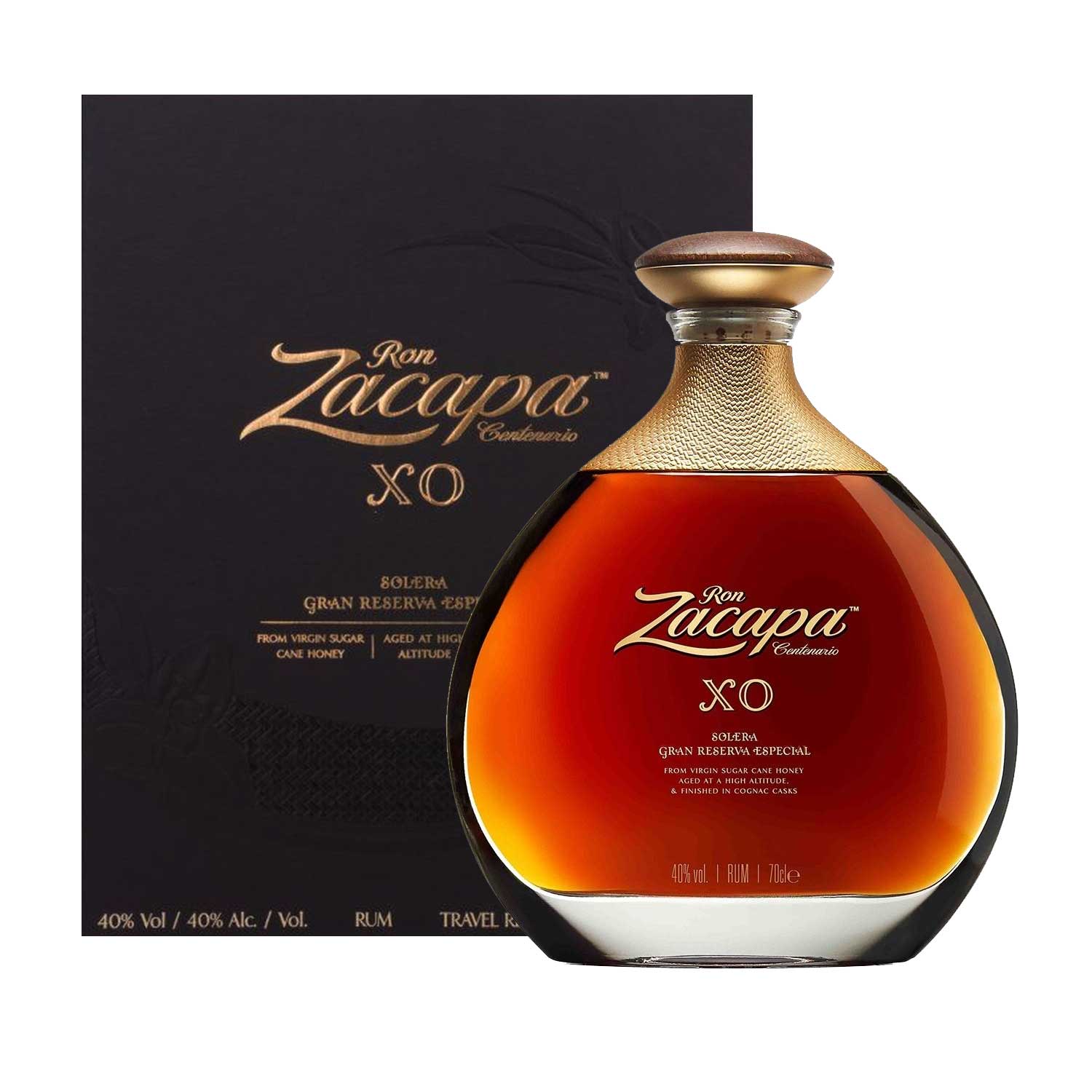
Inquire with your rum-obsessed buddy about their favourite brand, and you’re likely to come away with one of four answers: Appleton Estate, El Dorado, Diplomatico, or in the case of this particular inclusion, Ron Zacapa.
A critically lauded distillery that sits well above sea level (i.e. 2,300m) in the Guatemalan highlands of Quetzaltenango, the rums produced by Ron Zacapa strike a fine balance between commercial production and a number of super-premium options — such as the abovementioned 23 Year Centenario.
Over the course of five consecutive years, the Centenario bottling was awarded the title of “best rum in the world”; and lauded by industry folk and spirits writers alike for its complex and richly layered profile of butterscotch and spiced fruit flavours.
Equally enjoyable is the length: even by the standards of most 20+-year-old rum, the Centenario is distinctive for its driving finish, which lingers on one’s palate (with notes of cigar box and milk chocolate) even minutes after you’re done sipping.
El Dorado 12

Another fun fact: some of the richest, highest quality sugar is generally regarded to come from the Demerara region of Guyana: a nation that, at peak, was home to more than 350 plantation rum distilleries.
Today, only one such historic player remains — Demerara Distillers Limited.
Renowned across the global spirits trade for producing some of the finest rum in South America, the company’s premiere offering is the El Dorado line: typically split in popularity between the eponymous 12 and 15-year-old expression.
Truth be told: there are any number of commercial age-statement whiskies that don’t stack up to the El Dorado 12. With a wonderfully rich mouthfeel and smoke-tinged finish; this hews closely in style to classic Guyanese rum, but with an intensity born of age.
Poured over ice, more dried fruit and cocoa flavours begin to emerge. As we say: quite a bit to unpack for a ~$100 bottling.
Clement VSOP Rhum
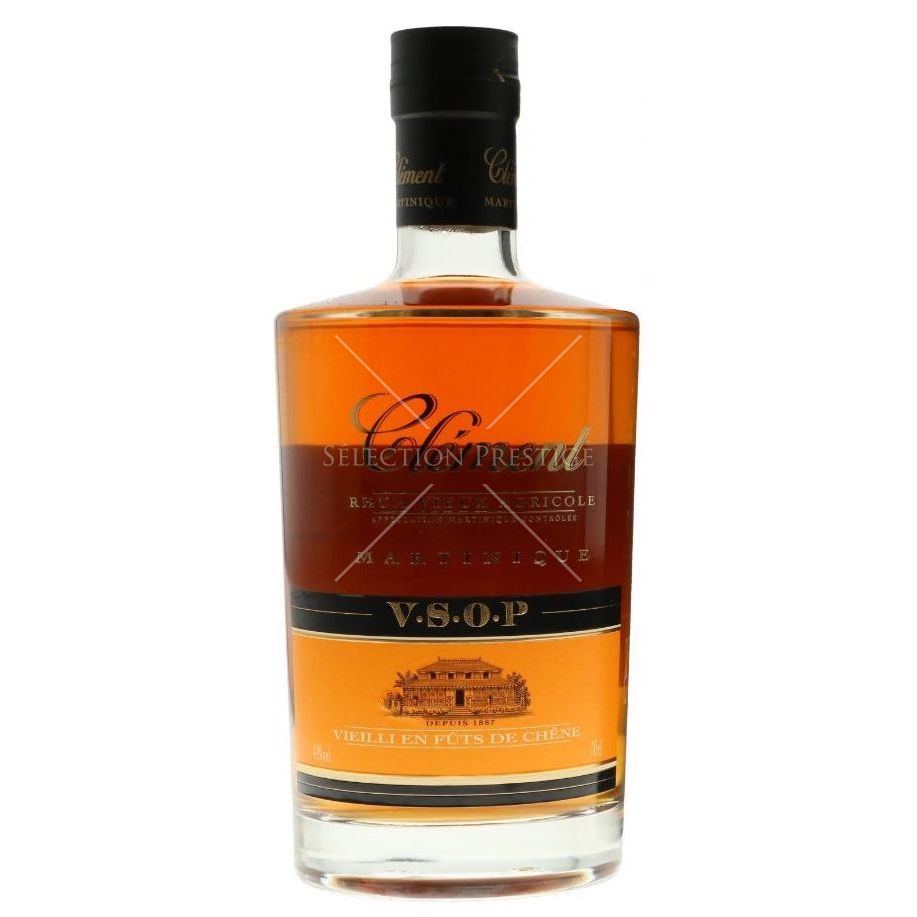
A great example of a “Rhum Agricole”, Clement VSOP is made with a production process whereby freshly squeezed sugarcane juice is substituted in place of molasses — typical of French Caribbean distilling.
That use of fresh cane juice has a clear impact on the end product: giving Clement’s “Very Superior Old Pale” spirit a green, botanical edge; padded with coconut, banana, and dried spices.
Lighter in flavour and less bogged down by the richness you’d expect to find in a molasses-based rum; this is a great cover-all for those who enjoy drinking Mojitos and refreshing mule-style cocktails.
Brugal 1888 Rum
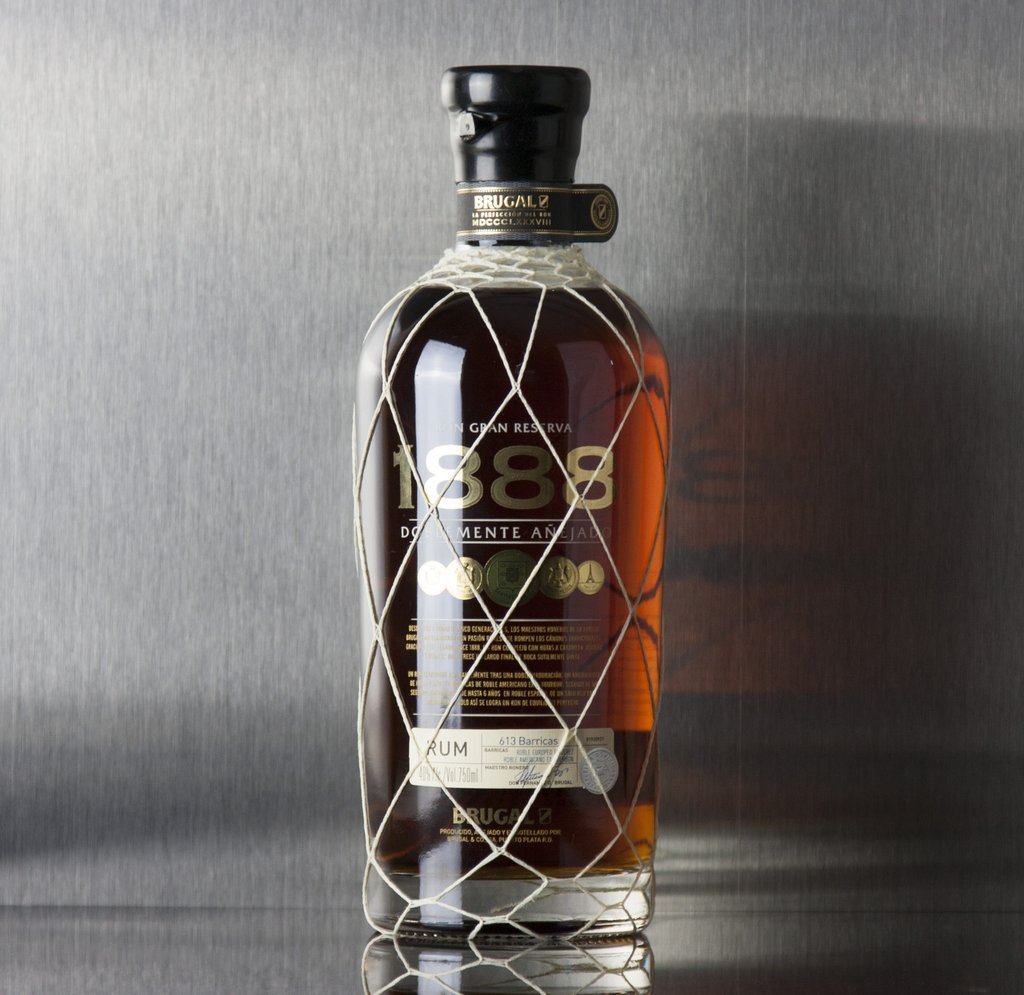
A premium rum that ought to stir up interest amongst impassioned dram lovers, Brugal 1888’s big point of interest is its usage of multiple barrels during maturation: first in ex-bourbon American oak; and subsequently, first-fill Spanish sherry casks.
The result? A rum worthy of your finest Glencairn glass: candied fruit and raisin notes announce the influence of Spanish sherry, while the mid-palate shifts into a pleasurable blend of red fruit and vanilla. Adding to this complexity, the final blend of rums selected for maturation ranges between 4-14 years of age (all of which are distilled in the Dominican Republic).
RELATED: The 13 Best Whisky Glasses To Elevate Your Drop
Dictador 20
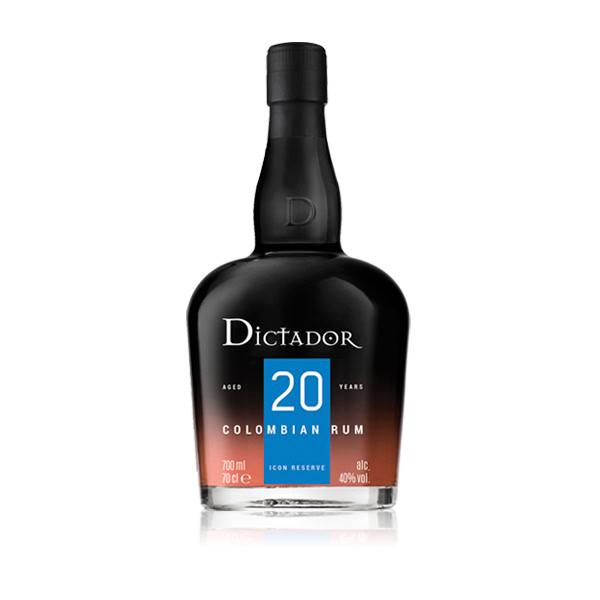
Crafted using the solera system of fractional blending that is oh-so-popular in aromatised winemaking, Dictador 20 is built around a medley of Colombian rums, each ranging between 14 — 24 years of age.
Spicy and warming on the finish, there are dense layers of flavour to explore here for the serious rum enthusiast. Distillation is performed in a combination of steel and copper alembics, helping to achieve this mature-age expression’s distinctive smooth, medium-bodied style.
Despite its complexity, many of the core elements in the Dictador 20 profile remain accessible enough for casual drinkers. Manuka honey, cooked fruit, and a fine bead of cinnamon are all commonly cited tasting notes.
Bundaberg Master Distillers’ Collection Blenders Edition

An emblematic name among Australian rum drinkers, Bundaberg Distilling has been gathering increasing momentum on the world stage: particularly since the company’s Blenders Edition (2015) won top billing at the World Rum Awards in 2016.
Today, the tradition of new Blenders Edition bottlings continues: largely using the same “secret recipe” that Bundaberg Rum’s blending team leaned on for their award-winning effort 8 years ago. Matured in a mixture of port and sherry casks: the latest Blenders Edition is a linearly pleasurable affair — heavy with flavours of raisin and allspice, and an impressively lengthy finish.
Facundo Paraíso XA Premium
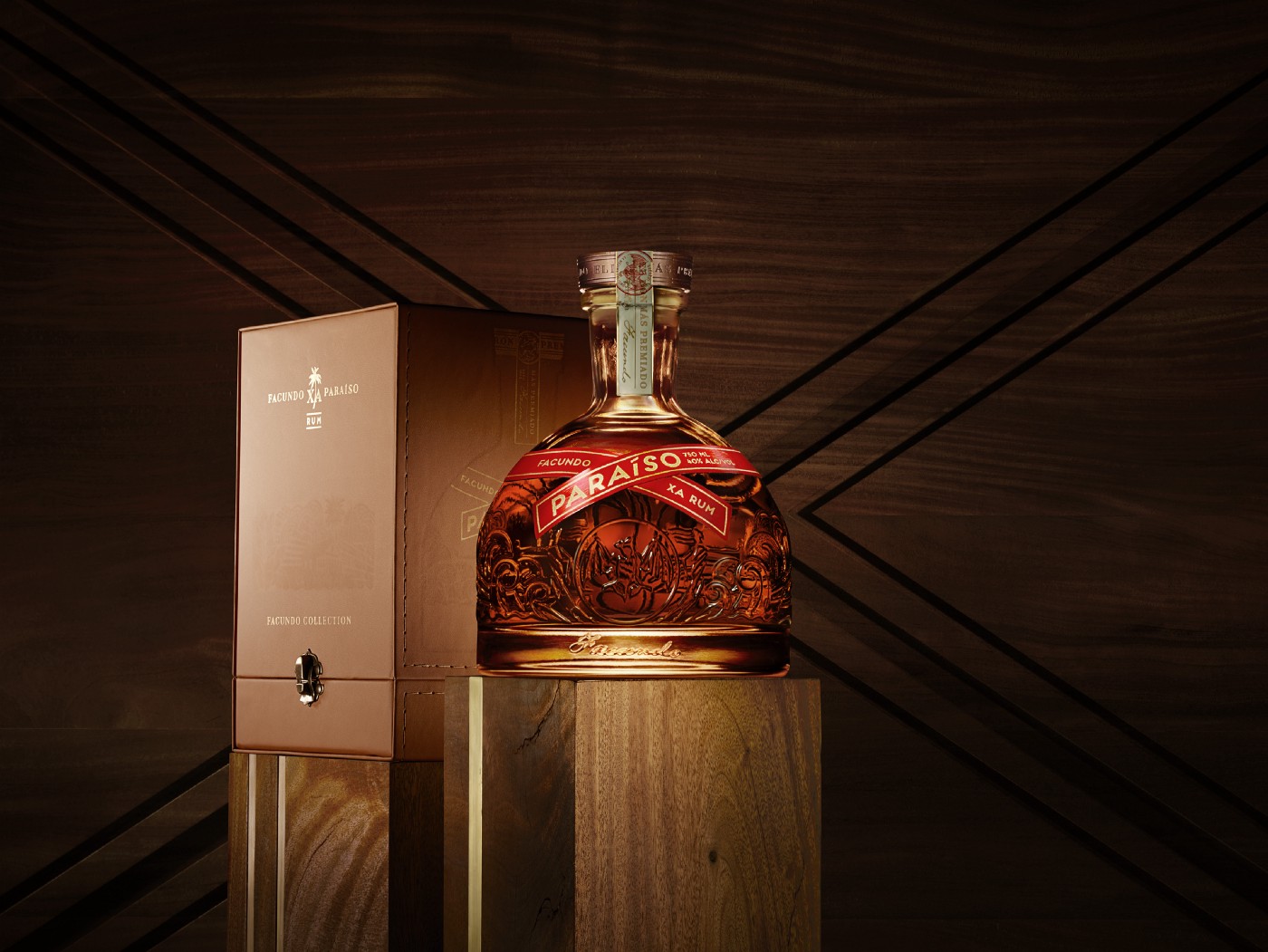
No rum-centric buyer’s guide would be complete without at least one Bacardi reference. But rather than recommending a white rum from the company’s extensive portfolio, we thought we’d shine a light on its high-end Facundo offering: a collection of bottles that pull together some of the highest quality rums from Bacardi-owned distilleries in Puerto Rico, The Bahamas, and Mexico.
The Paraíso bottling exemplifies this combined-arms approach in the most balanced of fashions — more so than the oak-focused Facundo Eximo and Exquisito.
All of the rums making up the final blend range between 17 — 32 years in age; and, for an additional element of extravagance, are finished in ex-Cognac casks. Beautifully presented and full of subtle nods to the flavour profile of a classic XO brandy, “top shelf” is the description that comes to mind.
Ron Barcelo Premium Imperial Blend 30th Anniversary
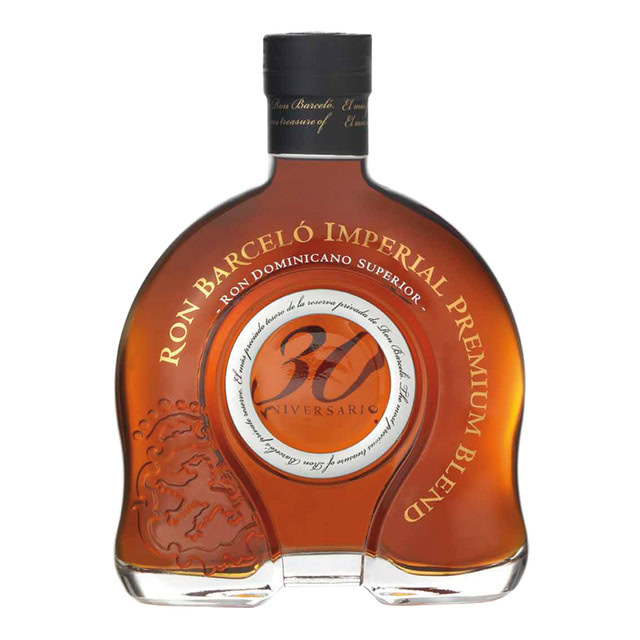
Definitely one of the more obscure Dominican rum brands to crack our list, Ron Barcelo isn’t typically a name you’ll find splashed across the hoarding at your local bottle shop. In our opinion, going to the effort of tracking down an online retailer is well worth the effort though; especially if it leads you to one of the brand’s Imperial Blend 30th Anniversary editions.
Distilled in a finite run of 9,000 bottles, the Imperial Blend draws on Ron Barcelo’s reserve of aged rums; all of which are matured in barrels (French and white oak) that have been exposed to varying degrees of toasting.
Don Papa 10
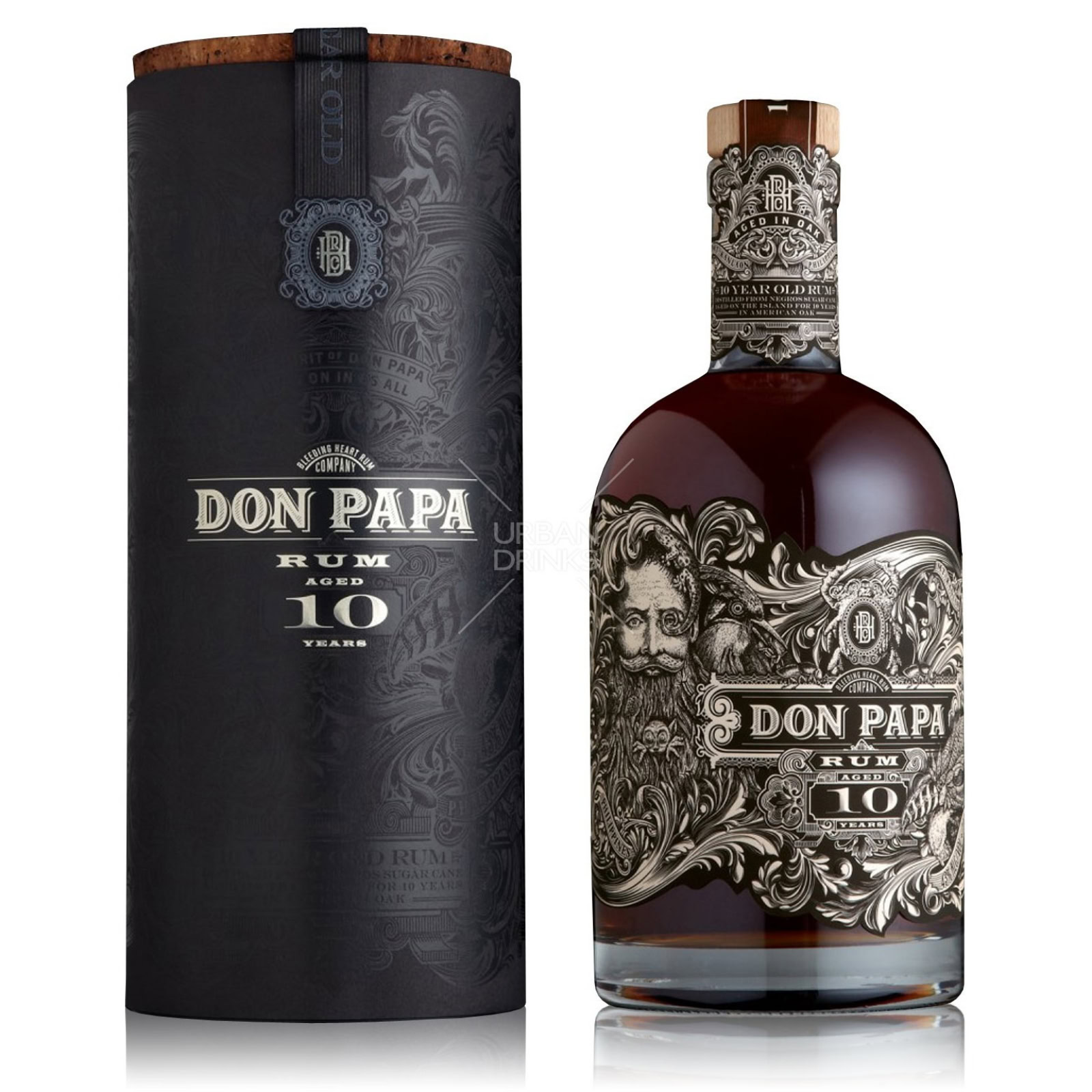
Admittedly, the vast majority of inclusions that make up this list of the best rum in Australia skew heavily in the direction of Caribbean producers; and in that respect, Don Papa is a breath of fresh air.
Crafted in the Philippines, this small batch distiller’s rum is matured in re-charred American oak barrels; imbuing it with a certain chocolatey richness that is noticeably more intense than what you’ll find in a classic, Caribbean-style dark rum.
The re-charred wood used to mature this 10-year-old expression also adds an element of smoke to the finish; we can see that working effectively in the context of food (dare we say, dessert?) pairing.
Mount Gay Extra Old
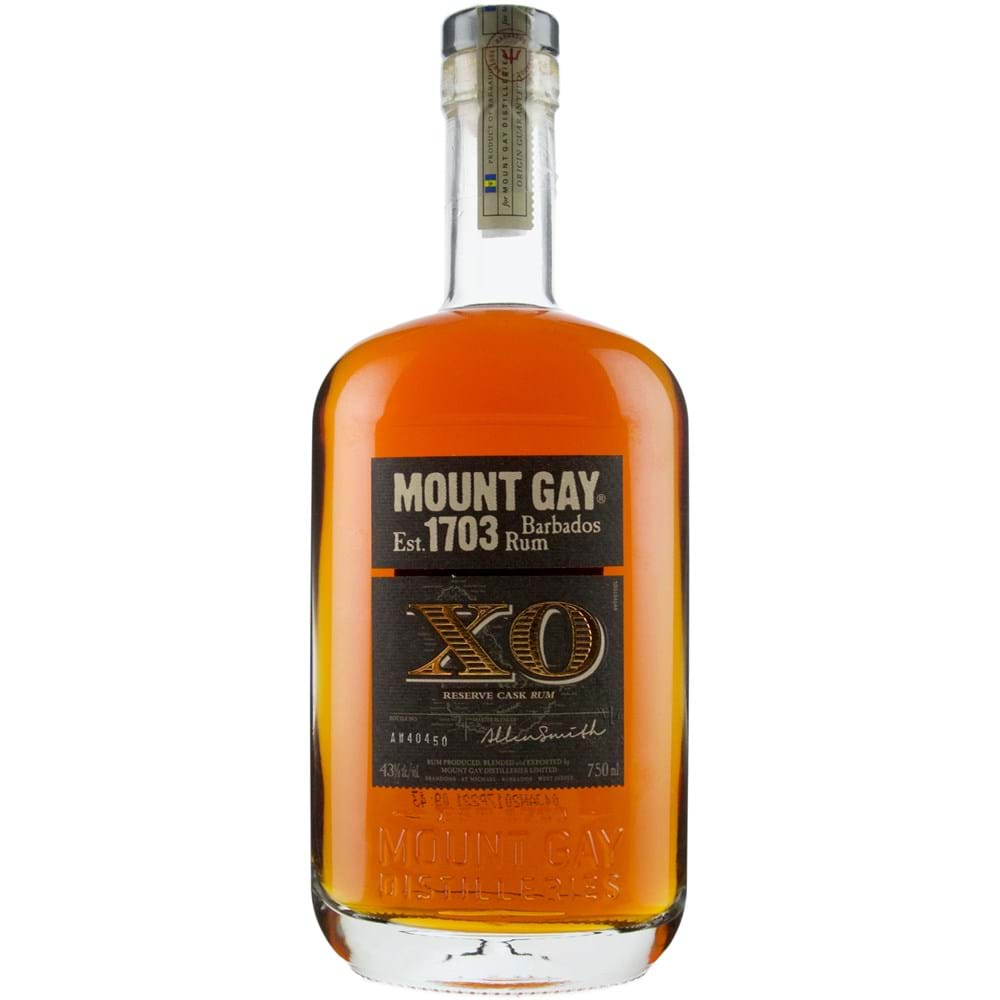
Venerable as it may be, Appleton Estate is not in fact the world’s oldest commercial rum distillery. That distinction belongs to Mount Gay: the Barbados stalwart founded in 1703.
According to Master Blender Trudiann Branker, the brand’s XO bottling is one of its most popular and consistently enjoyable; beating out the Eclipse with a flavour profile that is sweeter and more accessible.
A blend of different rums aged between 8 — 15 years old, the palate is full of dried banana chips and baking spice: a decent enough sip on the rocks that really comes into its own in cocktails.
Pusser’s British Navy Gunpowder Proof Rum

The Pusser British Navy Gunpowder Proof is one for those rum aficionados who prefer their sugarcane spirits to pack a bit more of a punch. Technically “navy strength”, it’s a very particular lens on those styles of rum popularised by the former British colonies of Barbados, Jamaica, Guyana, and Trinidad.
Often marketed as the “original rum of choice” for the Royal Navy, Pusser’s honours this fighting man’s reputation with an ABV averaging over 50%. That, in turn, gives it an explosive spiciness on the palate (chockful of toffees and white pepper) though the addition of a little water certainly helps to open the spirit up, with fruity overtones of pineapple and banana.
What Is Rum And How Is It Made?
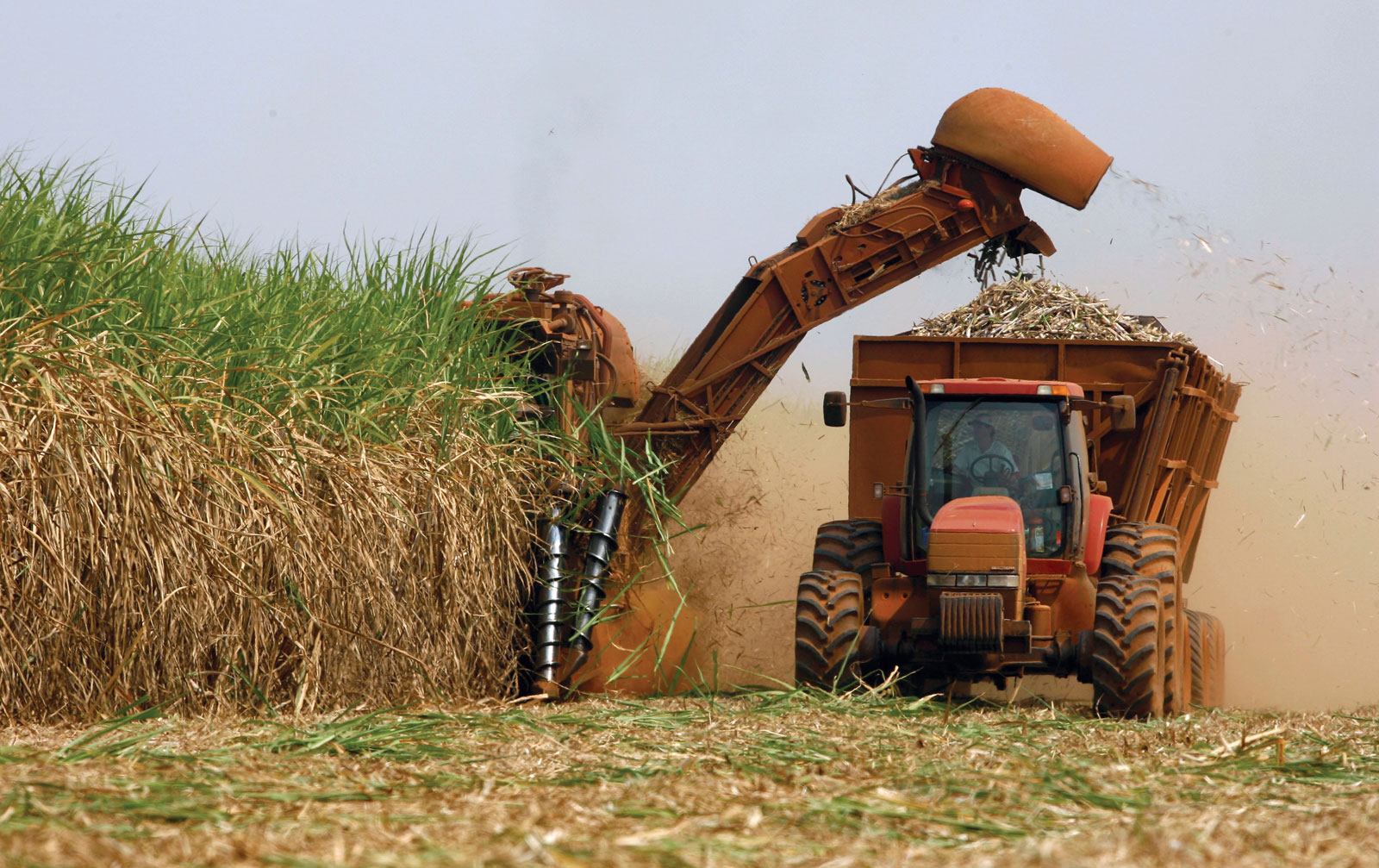
In simplest terms, rum is primarily made from sugarcane, which itself comes in plenty of varieties and is unique to the terroir of each region. The Caribbean is most famously associated with the production of rum, but in recent years, the spirit has been distilled in plenty of other countries like the Philippines and Taiwan. The kind of sugarcane used also has an effect on the overall aroma and taste of rum.
Sugarcane stalks are burnt, harvested, and milled for up to 24 hours. After this, there are two ways in which the production process can progress.
The first, and most traditional way (hence the name “rhum traditional”) is to extract sugar from the cane juice for commercial sale. The byproduct of this sugar, molasses, is then used to create rum through what is typically a long fermentation. When produced this way, rum is typically smokier, thicker, and richer; with this method being characteristic of Cuban distilling.
Meanwhile “Rhum agricole” (agricultural rum) refers to the second method of production. It’s a common choice in the French Caribbean; involving the pressed, extraction and distillation of freshly fermented sugarcane juice. This is opposed to rhum traditional, which utilises the byproducts of sugarcane (i.e. molasses).
Regardless of the method used at this initial stage of production, the rum is then blended and bottled; sometimes after being left to age in a variety of wood barrels — akin to the process favoured by whisky makers. This means that there are now a number of rums on the market that have been matured, prior to sale, in ex-Bourbon; Cognac; and sherry casks.
Styles Of Rum

Given the amount of variety in the rum industry, it’s helpful to get across the various styles so you’re confident picking the one that best suits your own drinking preferences:
White rum
Inarguably the style of rum that most laypeople are going to be familiar with. In contrast to gold or dark rums, this style is characterised by a lighter body, milder palate, and low price point. Bartenders tend to prefer this when making popular cocktails (e.g. the Daiquiri, Mojito, or Piña colada).
Usually the most affordable subcategory of rum, it is (as a general rule) unsuited to neat drinking.
Gold rum
Commonly also referred to as “pale rum”, drinkers shall be able to immediately distinguish gold rum on the basis of its amber colour. Usually aged for a minimum of two years, this style begins to take on some of the personality of the wooden cask it has been aged in. Still a popular choice when making cocktails.
Dark rum
Effectively similar to the gold classification, dark rum has usually been left to age for a minimum of three years — resulting in robust flavours and a darker colour.
Popularly associated with the Caribbean tradition of rum-making, Mount Gay Eclipse and Diplomatico Anejo are both popular examples of what this category has to offer.
Black rum
The sweet spot for any rum drinker who wants to double down when it comes to flavour. Black rums tend to be the darkest and most unctuous rums on the market; commonly exhibiting the treacle and toffee characteristics connected to molasses.
A great option for home cooks and bakers (who are looking for applications that go beyond drinking), grab a Gosling’s Black Seal if you want a good example.
Premium aged rum
A catch-all term for the more mature rums produced at any given distillery — and typically, the best example of what a brand is capable of producing.
Often labelled anejo (“aged”) in Spanish-speaking regions, premium aged rums tend to be unified by their intensity of flavour and exceptional smoothness.
This category may be enjoyed in more or less the same fashion as a fine Scotch or Cognac: on the rocks, sipped slow, maybe even alongside a stogie.
There are plenty of fine examples of premium-aged rum, but as a starter, we recommend trying the Diplomatico Reserva Exclusiva, El Dorado 15, or Zacapa Centenario XO.
Best Rums Australia — Frequently Asked Questions
What are some of the best rum bars?
What are the best rum brands?
The best rum brands are Ron Zacapa, Appleton Estate, El Dorado, and Ron Barcelo.
Where is most rum produced?
Most of the world’s oldest (and most critically acclaimed) rum distillers tend to hail from the Caribbean, in addition to a number of countries in South and Central America.
A number of notable, commercially available rums will also be made from a blend of spirits sourced from multiple distilleries.
